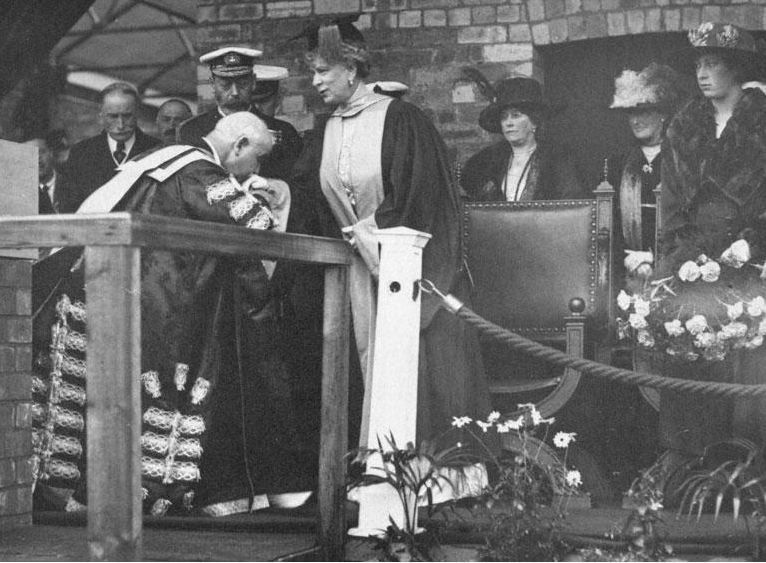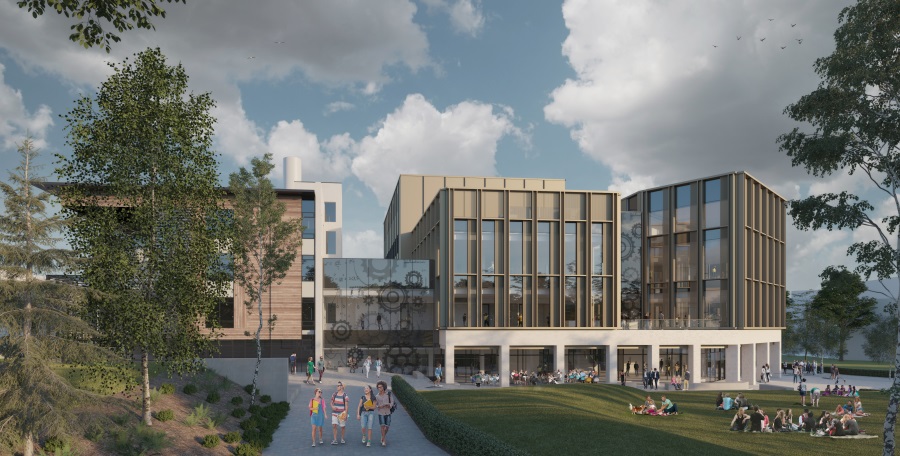This summer, a big birthday bash was due to commence: the 100th birthday of the King’s Buildings campus! However due to the pandemic, events will be postponed for one year, and KB101 will commence in July 2021.
In July 1920, King George V laid the foundation stone for the first building, the Joseph Black Building, on what was formerly the site of West Mains Farm.
Continue reading “Centenary celebrations”



